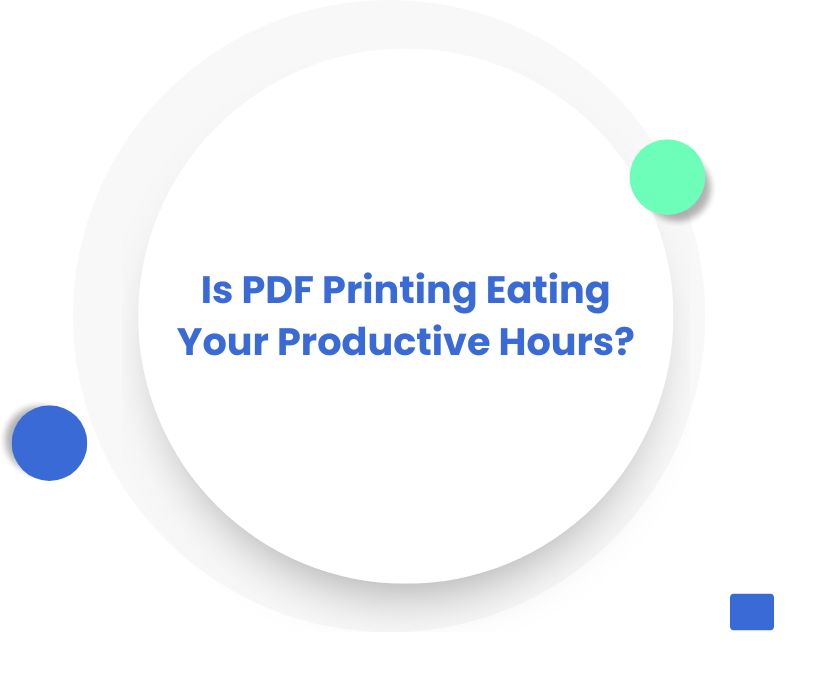When paperwork becomes a daily roadblock, it’s time to automate. Recently, I helped a construction site supervisor eliminate a frustrating routine—printing hundreds of PDF forms manually. It sounds minor, but the impact was massive.
The Problem: Death by a Thousand PDFs
The client oversaw daily operations on a busy construction site. Each day, dozens of inspection forms, calibration reports, and checklists—often in the hundreds—had to be printed, distributed, and filed.
Opening each file, printing them one-by-one, and keeping track of what had and hadn’t been printed wasn’t just annoying—it was a time sink. What should have taken minutes was stretching into hours, disrupting schedules and draining attention.
This wasn’t a technical issue—it was an operational bottleneck hiding in plain sight.
The Thinking: Let the System Do the Repetitive Work
I approached the problem the same way I would any automation challenge:
What’s repeatable? What’s error-prone? What’s wasting time that doesn’t need to be?
The answer was clear—group the PDFs into print-ready batches, so the client could press “Print” once and be done.
But it had to be smart. The system had memory limitations, and printing large combined files could crash the PC. So, I built a Python-based tool that not only combined PDFs but also split them into manageable chunks. Everything was automated, down to logging errors and tracking file counts.
The Result: Hours Saved, Headaches Avoided
Now, the client simply places all their PDF forms in a folder, double-clicks a script, and receives organized, combined files ready to print. No manual opening. No file-by-file review. No clutter.
Here’s the transformation in numbers:
- 3+ hours/day saved on manual file handling
- Zero missed documents thanks to automated logging
- Scalable solution that can handle thousands of files in one go
It’s not flashy. But it works—and it delivers value where it’s needed most: time, focus, and operational clarity.
Why It Matters for Any Business
If your team regularly handles digital documents—forms, reports, records—there’s a good chance this kind of automation could simplify your work too.
Many businesses unknowingly burn hours each week on repetitive file tasks. It doesn’t have to be this way. With just a bit of code, I turned a daily frustration into a one-click operation.
And the potential goes beyond just combining PDFs. With small adjustments, this script could reorder pages, watermark documents, or format files for e-signature workflows. It’s a flexible starting point for broader document automation.
Let’s Talk About Streamlining Your Workflow
I built this tool for one supervisor—but the core challenge is universal. If you’re struggling with repetitive tasks involving PDFs, let’s explore how automation could help.
You don’t need a full IT department. You just need the right solution.
Reach out—I’d love to hear what you’re dealing with.
